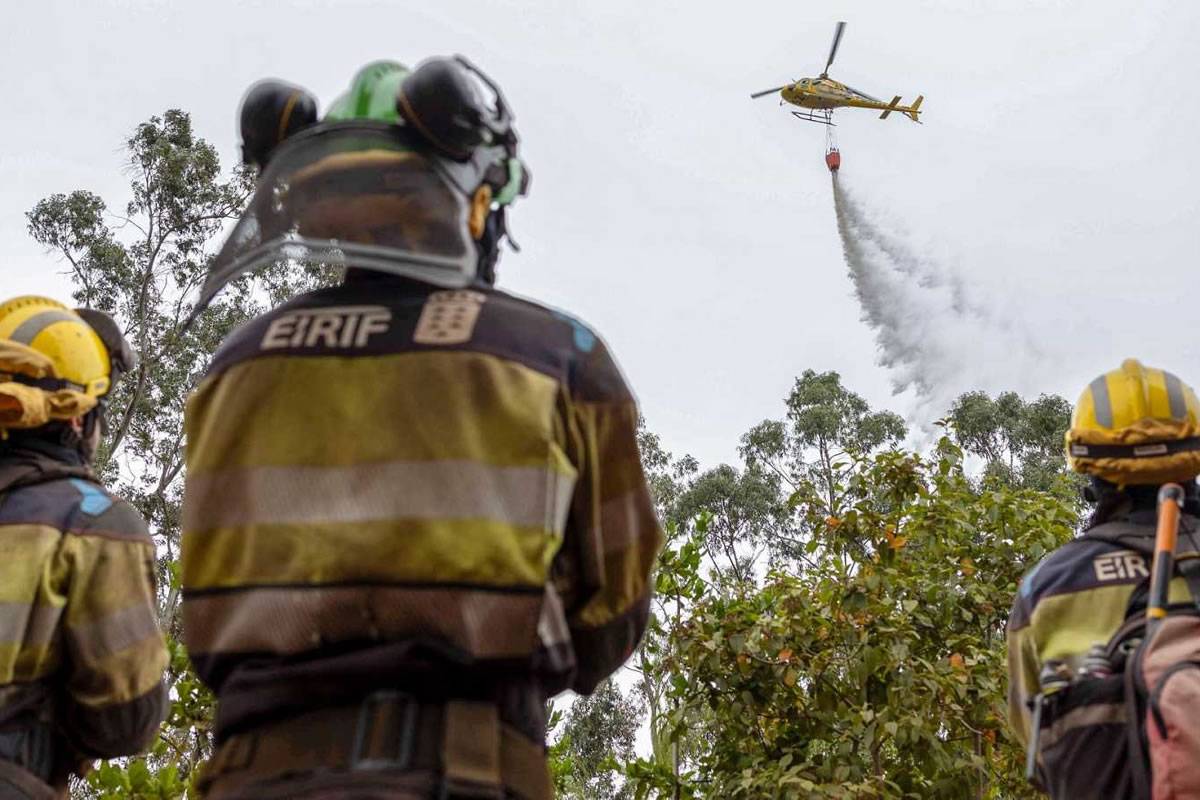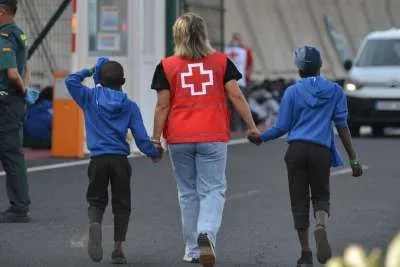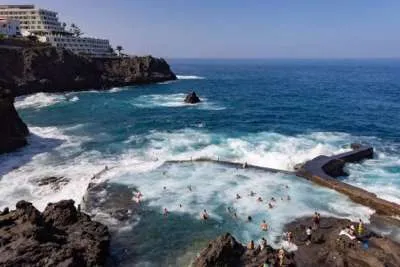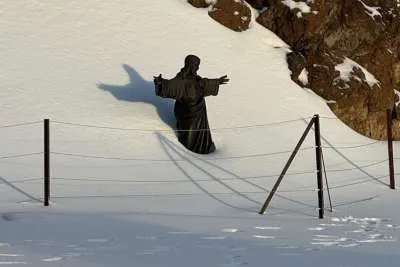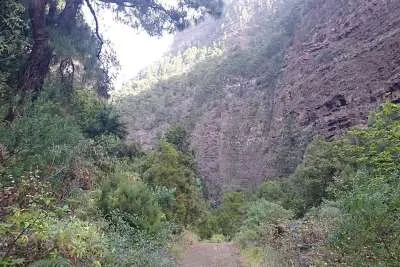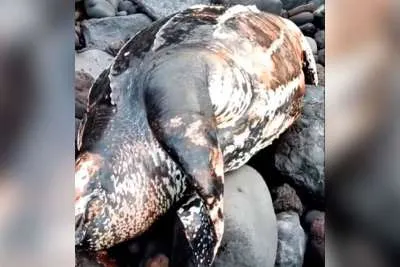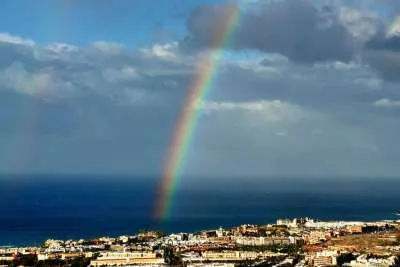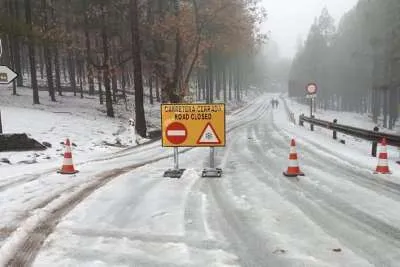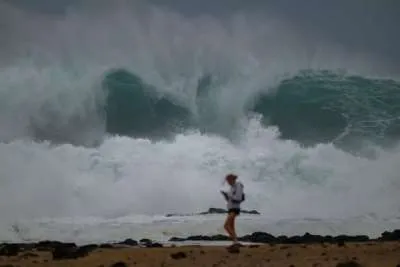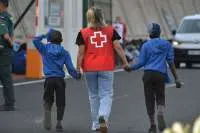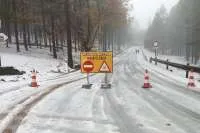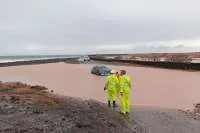The emergency level of the Forest Fire in Tenerife is dropped to Level 1
- 06-10-2023
- Tenerife
- Tenerife Cabildo
- Photo Credit: 112 Canarias
The Councillor for Territorial Policy, who is in charge of Emergencies, Manuel Miranda, has confirmed that due to progress in the fight against the forest fire in Tenerife, the risk situation has been downgraded to Emergency Level 1, as established in the Special Plan for Civil Protection and Emergency Response for Forest Fires in the Canary Islands (INFOCA).
From now on, the responsibility for managing the emergency, mobilizing resources, and communicating with the population lies with the Tenerife Cabildo and not the government. The plan's management has announced that the Military Emergency Unit (UME) is gradually being withdrawn, but state and regional resources, both land and air, will remain operational.
Furthermore, starting this afternoon, evacuated residents have been allowed to return to their homes in coordination with the municipalities of La Orotava and Santa Úrsula.
Today, a total of 93 ground personnel, including forest brigades from the Cabildo (BRIFOR), BRIF La Palma, EIRIF from the Government of the Canary Islands, and Firefighters from the Tenerife Consortium, continued working on extinguishing efforts. Additionally, eight aerial units dropped water to cool and consolidate hot areas, under the coordination of a Guardia Civil helicopter. Yesterday, the aircraft made an impressive total of 290 drops, with a volume of almost 375,000 litres of water.
Pedro Martínez, the technical chief of extinction at the Cabildo de Tenerife, emphasized that the firefighting teams have been able to work more calmly due to the absence of strong winds. However, there are still underground fires that, in high temperatures like the current ones, could lead to new outbreaks within the burned area or near its perimeter.
Therefore, it is considered necessary to maintain an extinction operation with adequate reinforcements as long as high temperatures persist and the area affected by the fire cools down. This will require constant vigilance in the coming days until the weather conditions change, as the cooler temperatures typical of October are necessary to declare the fire definitively extinguished.
Montserrat Román, head of Civil Protection at the General Directorate of Emergencies, reminded the public that the region is still on alert for forest fire risk, and the episode of high temperatures will continue for several days, with dry and warm conditions and the presence of a calima (Saharan dust haze).
In this regard, she stressed the importance of the population respecting the restrictions and measures established by the Cabildos at all times, such as the prohibition of using fireworks, machinery that could cause sparks, vegetation burning, as well as restrictions on access to trails and the use of recreational vehicles.
Additionally, it is recommended to limit intense outdoor activities and sun exposure during the midday hours and to pay special attention to vulnerable individuals while high temperatures persist.
Other articles that may interest you...
Trending
Most Read Articles

Featured Videos
A Vision of Elvis Tenerife Promo
- 10-05-2025
TEAs 2025 Highlights
- 17-11-2025


